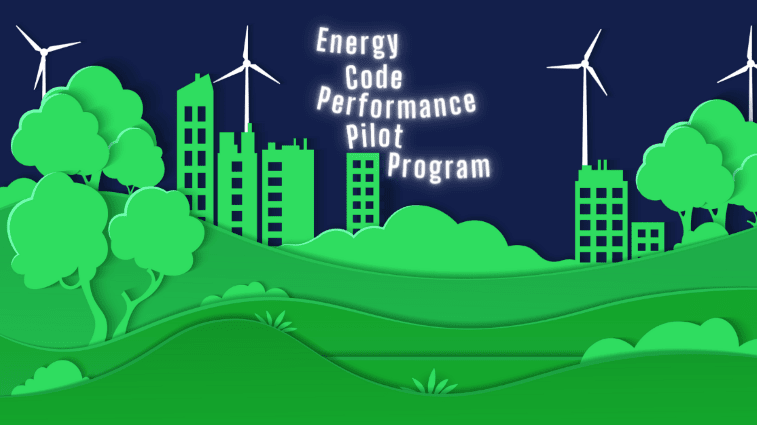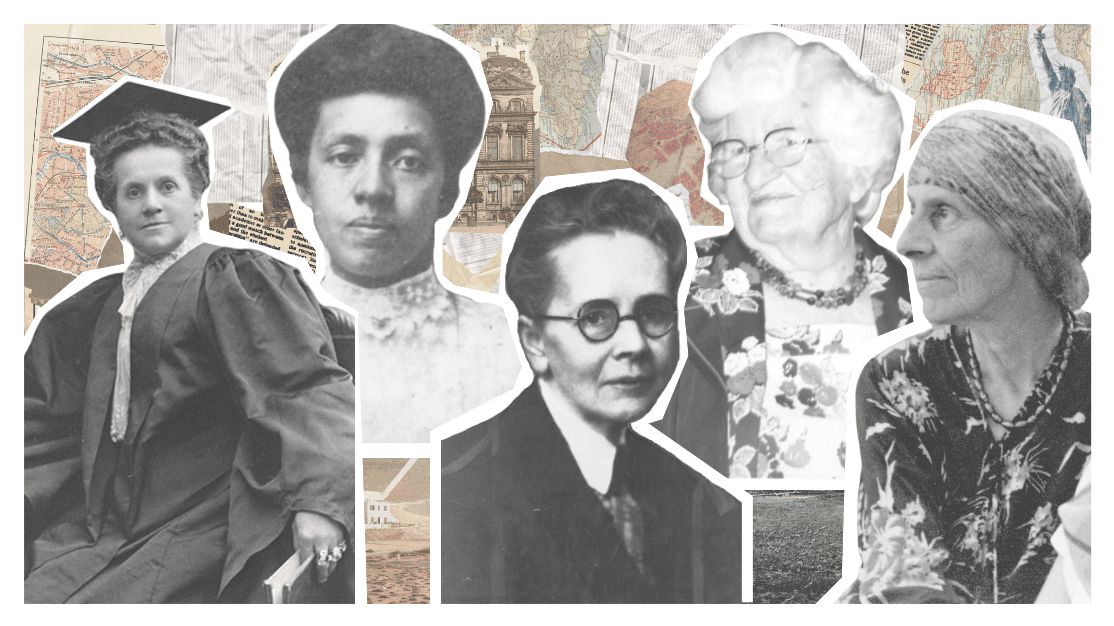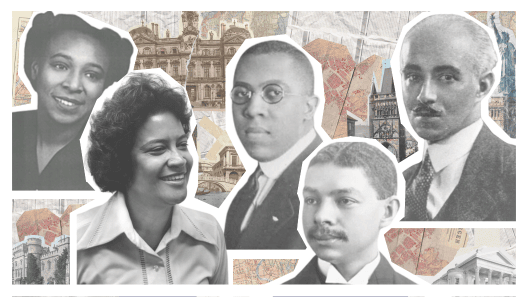
Energy Experiment: The Energy Code Performance Pilot Program
The DOB recently announced a 5-month pilot program for designers to test new tools for a 100% performance-based approach to the current NYC energy code.
As of July 27, 2021, design professionals are open to apply to the Energy Code Performance Pilot Program. Once accepted, they will submit an energy analysis for a new or existing project, separate from (but not in place of) the one currently required, using the new tools to evaluate their designs for code compliance.
The hope is that the new tools, developed by Pacific Northwest National Laboratory (PNNL), will make it simpler and faster to submit a building energy analysis, and that the performance-based assessment will help buildings better meet New York’s ambitious carbon-neutrality goals.
Who can participate in the program?
New building projects of at least 25,000 sq ft with one or more of the occupancy types below are eligible to participate:
- Multifamily
- Office
- Retail
- School
While large alteration or addition projects with these occupancy types may also be eligible, they will only be considered on a case-by-case basis.
How to participate?
Once accepted, participants will receive training from PNNL on how to use their tools for energy analysis.
The tools are described as follows:
- “Envelope systems will be evaluated using an upgraded COMcheck, a software tool built by PNNL to assist in Energy Code compliance.
- “Lighting systems will be evaluated using a yet unnamed systems tool developed by PNNL.
- “HVAC systems will be evaluated using the Total Systems Performance Ratio module in DOE’s Asset Score software, which was also developed by PNNL.”
This is currently estimated to take “4-6 hours to complete each of the reporting tools” for a 25,000 sq ft building, but could vary based on the size and complexity.
All data is valuable, so even if your project is unable to pass the pilot program’s standards, this will not count against you. The program is meant to test the tools and proposed standards, not your individual project.
Performance vs Prescriptive
The current New York City Energy Conservation Code (NYCECC), last updated in 2020, mainly works by prescribing uniform standards that buildings have to follow based on physical features.
While practices like these have seen some success, some experts point out that prescriptive-based codes have their issues. They do not allow as much flexibility and do not account for day-to-day use, which plays at least as big a factor in energy output as the construction.
According to the Consortium for Building Energy Innovation (CBEI), plug loads alone can impact the total building energy use by 40% or more.
This may be why each successive iteration of the NYCECC has seen diminishing returns, according to the DOB. Performance-based codes take the day-to-day into account. They make it easier to monitor the usage and operational factors that affect a building’s energy output, and thus help pinpoint the optimal energy balance for the building.
What would this mean in the future?
Any findings that yield from this study will influence the next iteration of the NYCECC, releasing in 2025. However, any future performance-based compliance approaches will likely only be required for buildings 25,000 sq ft or greater. All other buildings and projects will likely be able to choose which approach would work best for their building.
For assistance on complying with the current energy code, and all other code needs, contact the knowledgeable staff at Outsource Consultants.
Resources
- NYCECC Performance Pilot Study
- Pilot Program FAQs
- CBEI – “EEB Codes: Performance-based codes”
- Decoder – “Looking to the Future: The 2020 Energy Conservation Code”
- Decoder – “For What It’s Earth”








